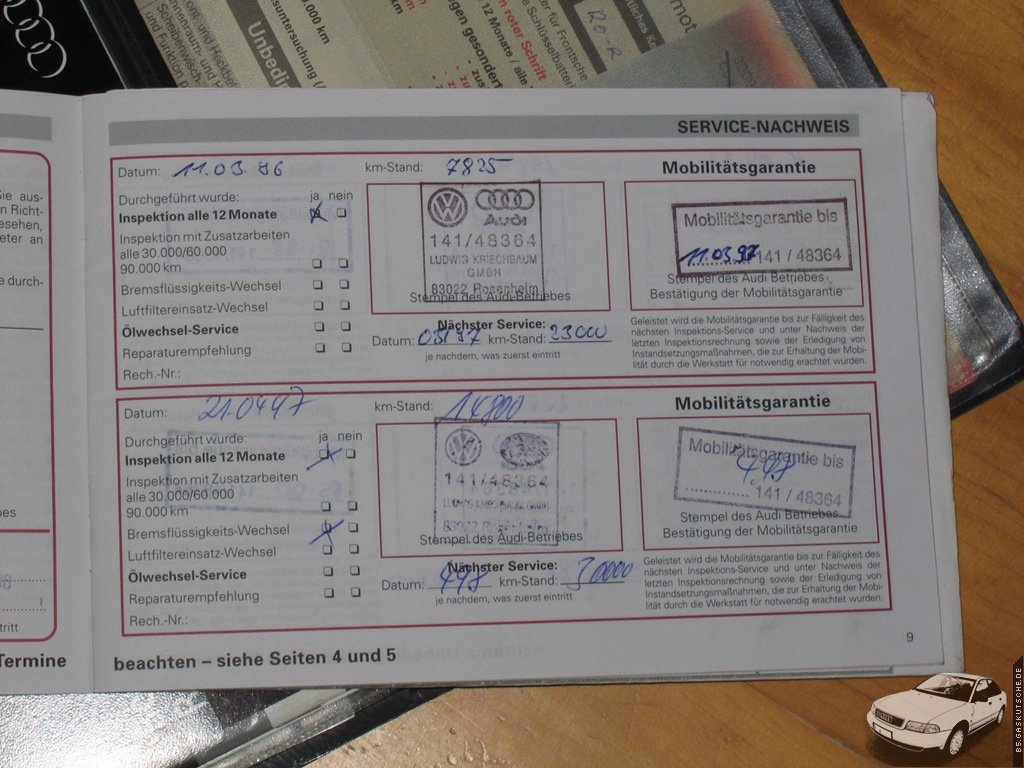

The transmission won considerable praise from the automotive press, and is generally regarded as being the best of its type in the world, due to its light weight and promptness in response. Audi introduced a developed by, named, which replaced the dated conventional automatic transmission on models.

It included an electro-hydraulic operated roof, which lowered in under 30 seconds and incorporated some styling changes, such as body-coloured lower bumper and sill panels, which later found their way to the saloon version.

This generation of quattro consisted of default of 50:50 front to rear dynamic torque distribution.Ī year later, Audi reintroduced the S4, now powered by a 344 PS (253 kW 339 bhp) 4.2 L, as well as an A4 Cabriolet variant ( Typ 8H), finally replacing the -based Audi Cabriolet which had been discontinued in 2000. The 1.9 (TDI) engine was upgraded to 130 PS (96 kW 128 bhp), with (PD) technology, and was now available with permanent, while the 2.5 TDI high-end model was introduced with 180 PS (132 kW 178 bhp) and standard quattro. The 1.8-litre 20-valve was now available in two additional versions, with 150 PS (110 kW 148 bhp) or 180 PS (132 kW 178 bhp), this one with a standard six-speed, while the naturally aspirated 1.6-litre and 2.8-litre were replaced by 2.0-litre, and all- 3.0-litre units, still with five valves per cylinder, the most powerful of which was capable of 220 PS (162 kW 217 bhp) and 300 newton metres (221 lb⋅ft) of torque. The 1.6-litre base model powerplant remained unchanged, but most other received either displacement increases, or power upgrades. The car's new styling was developed under Peter Schreyer between 1996–1998, inspired by the Bauhaus design language of the C5 (second-generation) introduced in 1997.


 0 kommentar(er)
0 kommentar(er)
